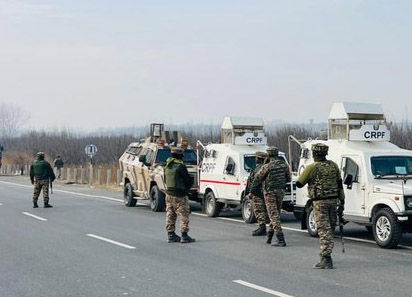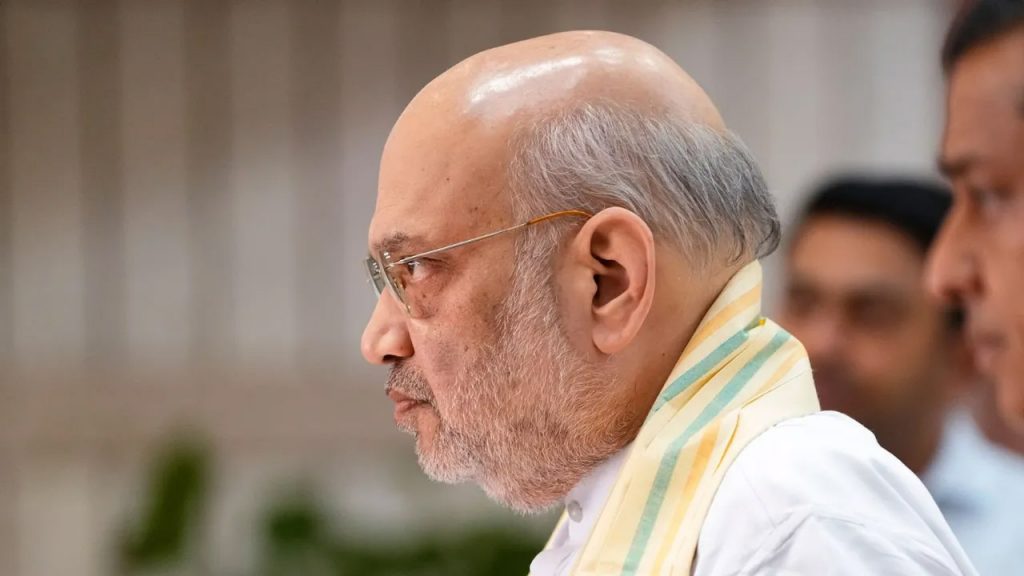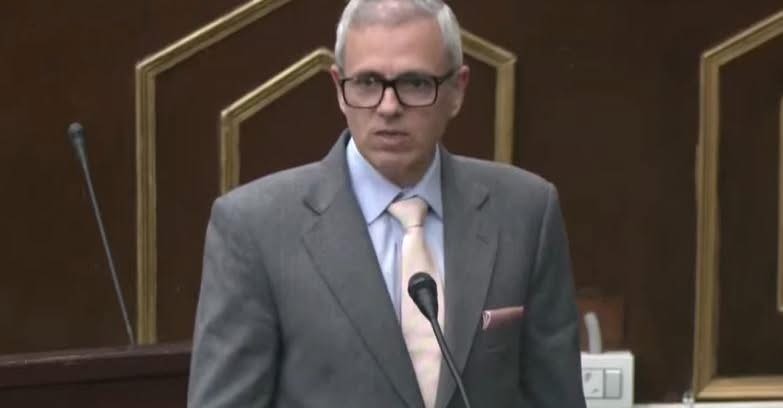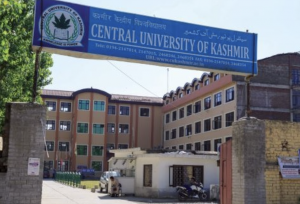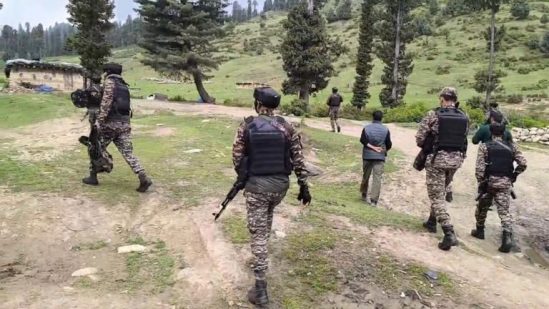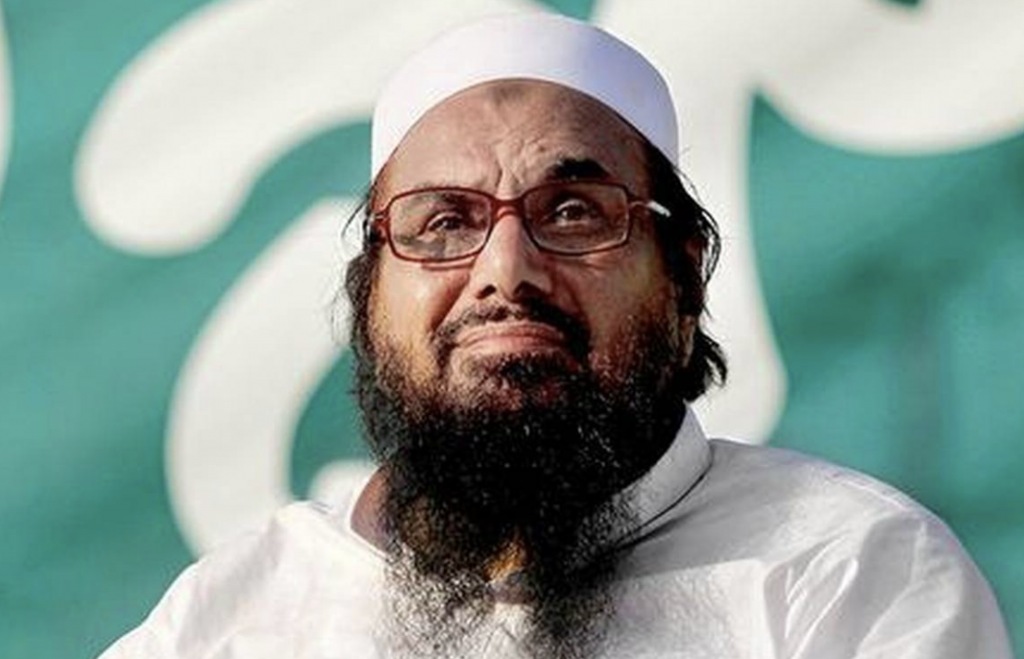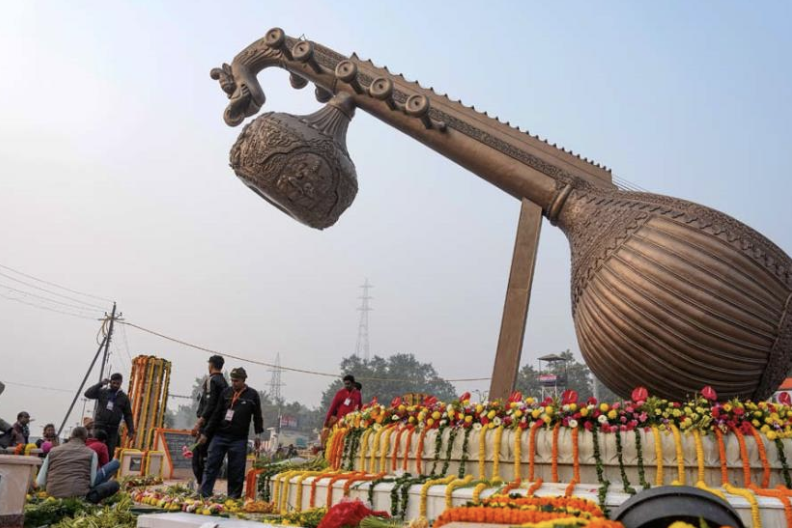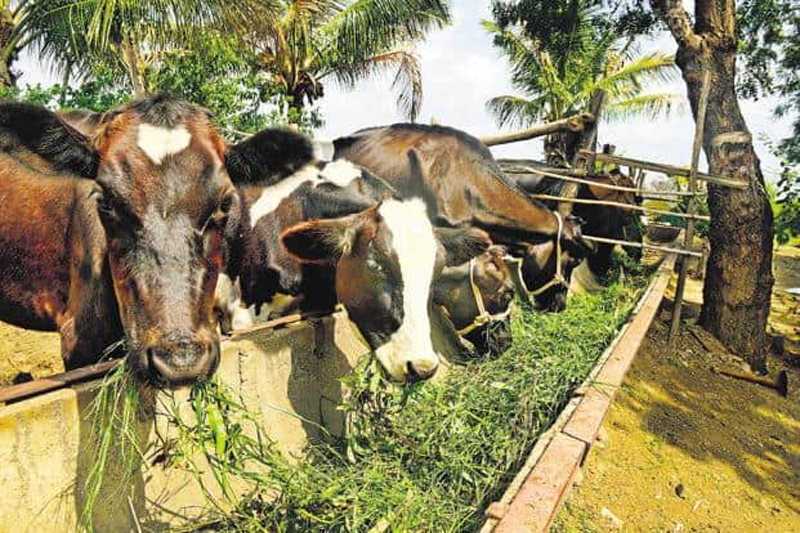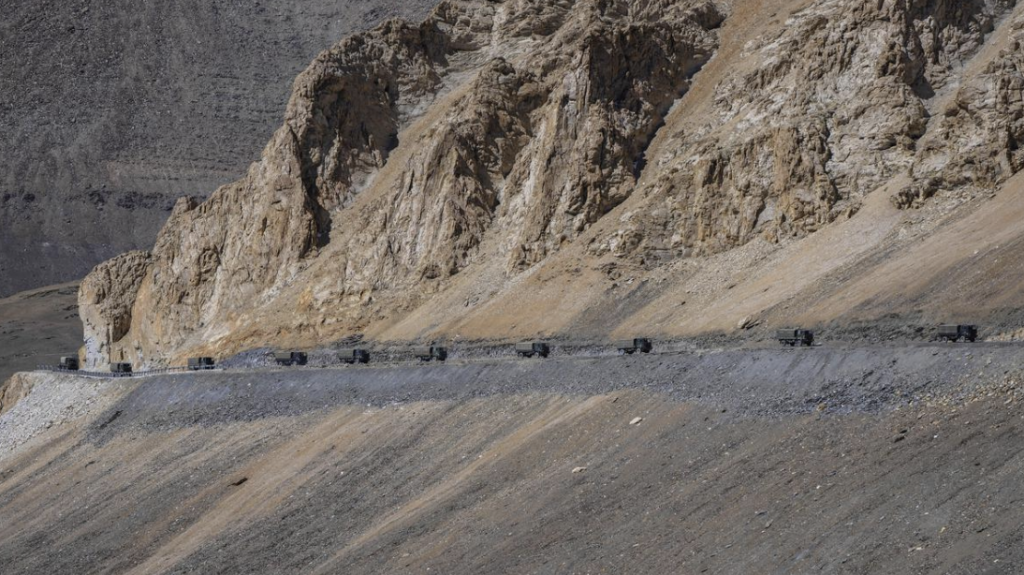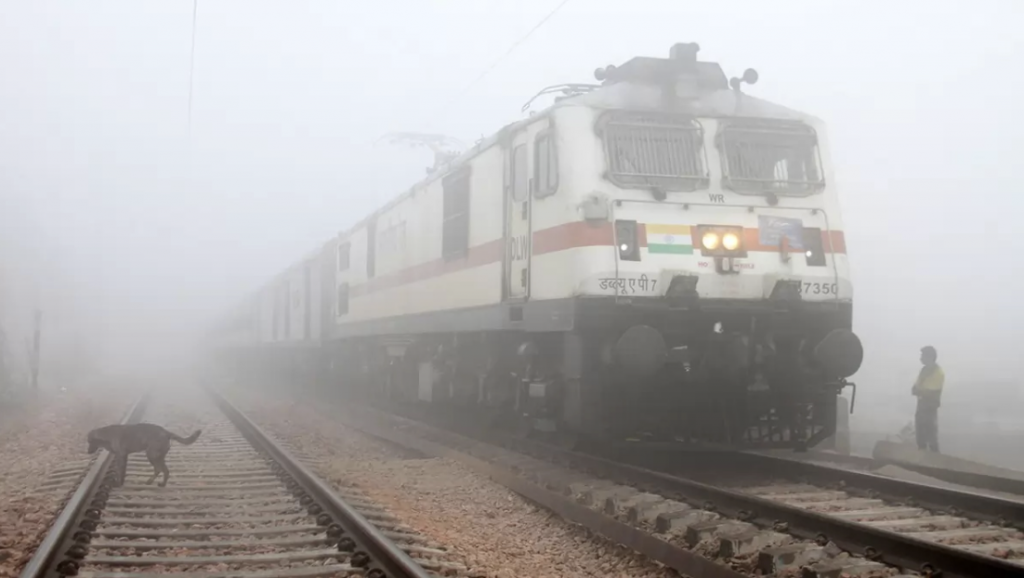BEIJING, Dec 28: Despite multiple rounds of diplomatic and military discussions, Beijing's intransigence regarding the withdrawal of additional PLA troops deployed since the deadly border clash in eastern Ladakh in 2020 resulted in the freezing of India's bilateral ties with China in 2023. The People's Liberation Army (PLA) gathered troops in eastern Ladakh in May 2020, which resulted in a deadly conflict between the two militaries at the Galwan Valley in June 2020, killing 20 Indian soldiers and at least four Chinese military personnel. Since then, the relationship has remained frozen.S Jaishankar, the minister of external affairs, claimed that the Chinese had literally brought tens of thousands of soldiers to the Ladakh border, fully prepared for battle, in direct defiance of all bilateral agreements. Following the two high-profile informal summits between Chinese President Xi Jinping and Prime Minister Narendra Modi, the two countries' relations remained frozen. India has made it plain that maintaining peace and tranquillity at the border is essential to the overall growth of bilateral ties. Regarding the current status of Sino-Indian relations, former Indian Ambassador to China Ashok Kantha stated, "There has been no significant de-escalation or de-induction of additional troops deployed by both sides since mid-2020, even during winter months of four consecutive years.""Therefore, the situation in border areas in Eastern Ladakh remains seriously disturbed due to unilateral actions taken by China," Kantha wrote in an email interview . Kantha has recently visited China twice and has extensive interactions with Chinese think tanks regarding India-China relations. In order to overcome the impasse, India may need to exercise "strategic patience" in its interactions with China, according to Kantha, an Honorary Fellow and former director of the Institute of Chinese Studies in New Delhi.In addition to the diplomatic channel known as the Working Mechanism for Consultation & Coordination on India-China Border Affairs (WMCC), the two nations held 20 rounds of Corps Commanders-level talks amid the ongoing tensions and finished disengaging from five areas. "After the deadly conflict in the Galwan Valley, there has been a disengagement of troops at five 'friction points' through difficult negotiations," Kantha stated. "These understandings on disengagement have involved depriving our troops of access to several patrolling points they were visiting earlier and creating 'buffer zones,' partially on our side of the Line of Actual Control (LAC),' he stated.However, because the Chinese maintain that the disengagement in the Depsang and Demchok areas is a legacy issue that occurred long before May 2020, negotiations have come to a standstill. "As a result of China's unilateral actions, the situation in border areas in Eastern Ladakh remains seriously disturbed," Kantha stated. He made the observation that the two sides' positions fundamentally differ from one another. China is still putting pressure on India to separate the border dispute from bilateral relations and strive towards normalcy, despite India's insistence that normalcy cannot be restored in its relations with China as long as the borders remain abnormal.Accordingly, "it does not appear that the current border impasse will be resolved anytime soon, and with it, the relationship between China and India will return to normal." In anticipation of the approaching general elections, China appears to be closely monitoring the political landscape in India in order to engage with the country on a more profound level. "We might think about having a more thorough and strategic conversation with China that extends beyond talking about the specifics of the troops' disengagement from the border commanders," Kantha stated. According to him, India and China have a complicated relationship that necessitates more diplomatic and political interaction."The old equilibrium has clearly broken down, even among Chinese scholars who acknowledge the need for a reset in ties. However, the key issue is the terms of a new modus vivendi—an arrangement or agreement that permits conflicting parties to coexist peacefully with or without a final settlement of the issue—between the two countries," Kantha stated. "Strategic patience" was what he recommended for dealing with China.We can't afford to choose hasty fixes that will make our situation worse on the ground. Protecting our understanding of the real control line is as important as building border infrastructure and improving deterrence. He stated, "We need to be strategically patient while discreetly pursuing more stability in our relations with China. Given that China is India's largest neighbour, Kantha claimed there is no other option than to adopt a broad strategy of engagement with it. "But since deterrence and balancing China are our main strategic challenges, any such engagement must be tempered with a heavy dose of realism," he said.Based on his interactions with Chinese scholars, Kantha said that the dominant viewpoint in China at the moment sees India primarily through the lens of its strategic rivalry with the US and feels that India has been appropriated for the US-led Indo-Pacific strategy, which they see as an attempt to contain China and obstruct its development. Moreover, there doesn't seem to be a willingness to take our worries about the border issue seriously. "We do not perceive any desire on China's part to address relationship structural issues, even beyond the border dispute," he said.In order to bring greater stability to those relationships, he also cited China's "tactical outreach to the US, EU, Japan, South Korea, Vietnam, and Australia." However, there is no indication that China has done the same for India. According to Kantha, there are signals being sent by President Xi's nonattendance at the G20 meeting in New Delhi and the fact that the Chinese ambassador's position has been unfilled for the past 14 months. In addition, China is becoming less confident and more inward-looking since the coronavirus pandemic."It seems like we are dealing with a more inward-looking China these days, one that is assertive but nervous, a nation that is less certain of itself even though it continues to pursue its ambitious goals," the speaker remarked. Ladakh tensions haven't, however, stopped China and India from doing business, with trade between the two countries reaching a record USD 124.26 billion in the first 11 months of this year. According to data released by China's customs, from January to November of 2023, India's exports to China were USD 16.99 billion, while China's exports to India totaled USD 124.26 billion.Ironically, despite the ongoing thaw in relations between the two countries, China's trade deficit with India has already exceeded USD 90.28 billion, the highest amount ever, and is predicted to reach USD 100 billion in the next 11 months. [caption id="attachment_7896" align="alignnone" width="300"] Frozen India, China…






